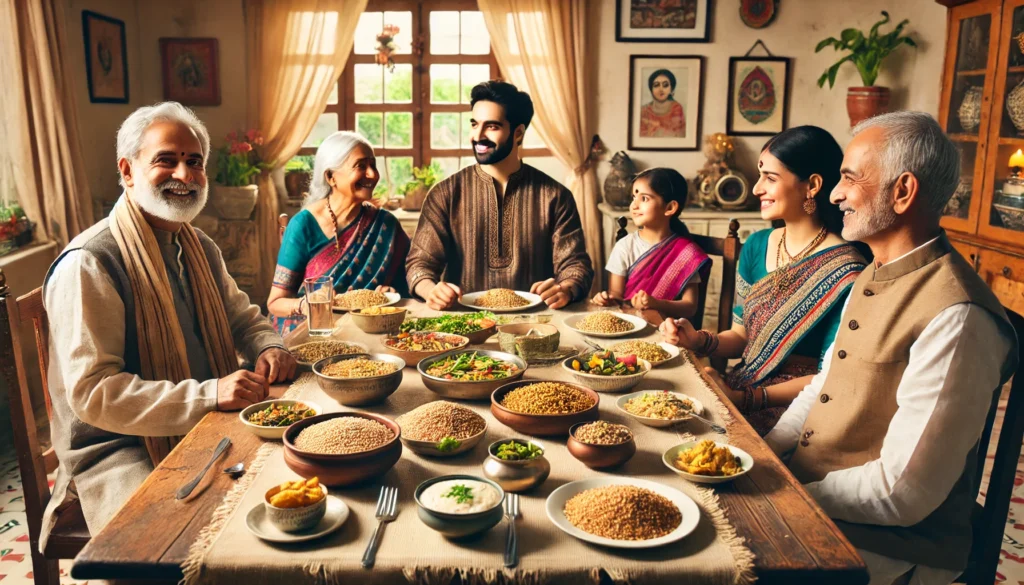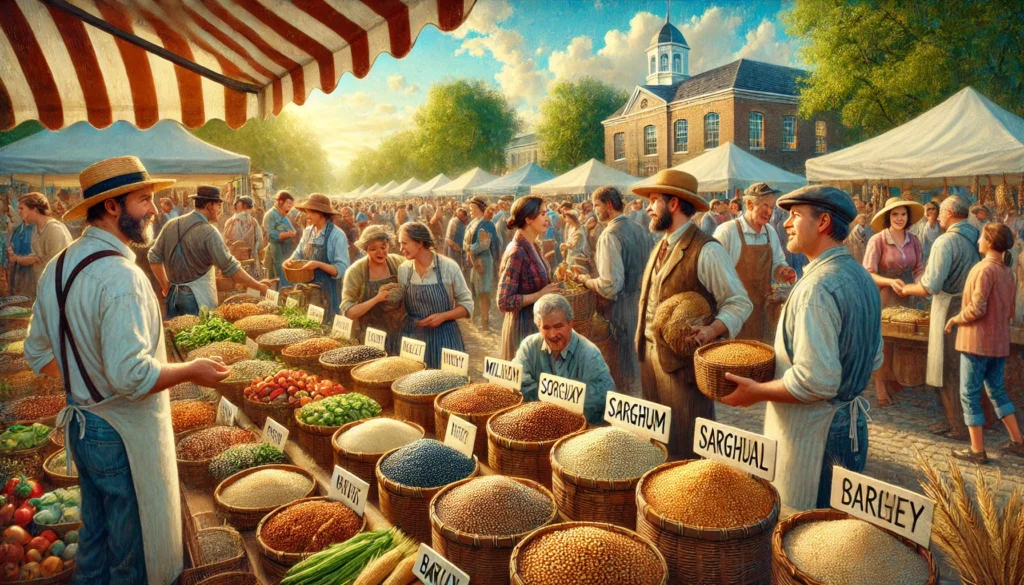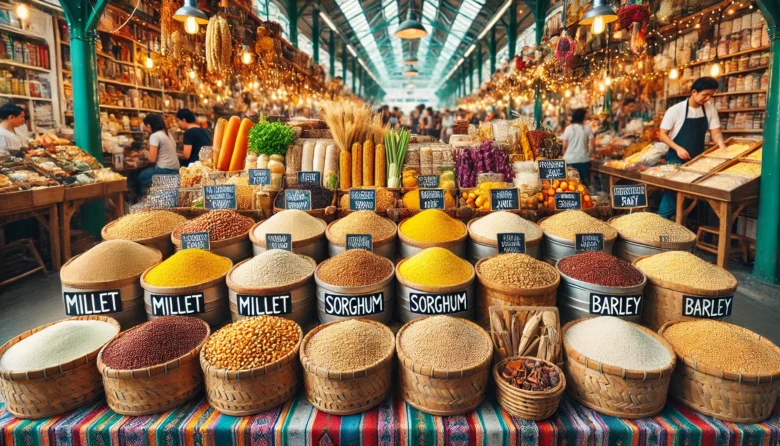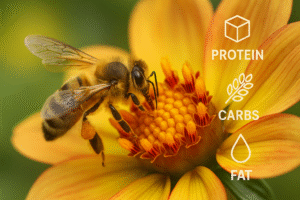In the age of fast food and instant noodles, a quiet revolution is taking place in kitchens across India. It’s called the revival of heritage grains. These ancient grains, once a staple in our grandparents’ diets, are making a comeback. This blog will take you on a journey through the fascinating world of heritage grains, why they’re gaining popularity again, and how they can benefit you.
What Are Heritage Grains?
Heritage grains, also known as ancient grains, are varieties of grains that have remained unchanged for thousands of years. Unlike modern hybrid grains, these grains have not been genetically modified or heavily processed. Examples include millet, sorghum, amaranth, barley, and khapli wheat.
The History and Cultural Significance
India has a rich agricultural history, and heritage grains have played a crucial role in it. These grains were cultivated by our ancestors and have been a part of our traditional diets for centuries. They are not only nutritious but also deeply rooted in our culture and rituals. For instance, ragi (finger millet) is often used in South Indian cuisine, while jowar (sorghum) is a staple in Maharashtra.

Why the Revival?
Health Benefits
One of the main reasons for the revival of heritage grains is their health benefits. These grains are packed with essential nutrients, including vitamins, minerals, and fiber. They are also gluten-free, making them an excellent choice for people with gluten intolerance. Additionally, heritage grains have a low glycemic index, which helps in managing blood sugar levels.
Environmental Sustainability
Heritage grains are not only good for your health but also for the environment. These grains are hardy and require less water and fewer pesticides compared to modern grains. They can grow in poor soil conditions and are more resistant to pests and diseases. This makes them a sustainable choice for farmers and contributes to food security.
Supporting Local Farmers
By choosing heritage grains, you are supporting local farmers and promoting biodiversity. Many farmers are returning to these traditional crops as they realize the benefits of sustainable farming practices. This shift is helping to preserve traditional farming knowledge and protect our agricultural heritage.
How to Incorporate Heritage Grains into Your Diet
Breakfast
Start your day with a nutritious breakfast by incorporating heritage grains. You can make a delicious ragi porridge or jowar upma. These dishes are not only healthy but also quick and easy to prepare.
Lunch and Dinner
For lunch or dinner, try substituting rice or wheat with millet or barley. You can make khichdi with barnyard millet or a hearty soup with barley. These grains can also be used to make chapatis and dosas.
Snacks
Heritage grains can also be used to make healthy snacks. Try making amaranth ladoos or sorghum chivda. These snacks are not only tasty but also provide a good dose of energy.
Delicious Recipes to Try
Ragi Porridge
Ingredients:
- 1 cup ragi flour
- 2 cups water
- 1 cup milk
- Jaggery to taste
- A pinch of cardamom powder
Instructions:
- Mix ragi flour with water to make a smooth paste.
- Cook the paste on medium heat until it thickens.
- Add milk, jaggery, and cardamom powder. Stir well.
- Serve hot.
Jowar Upma
Ingredients:
- 1 cup jowar grains
- 1 onion, chopped
- 1 carrot, chopped
- 1 capsicum, chopped
- 1 tsp mustard seeds
- 1 tsp urad dal
- Curry leaves
- Salt to taste
Instructions:
- Cook jowar grains in water until soft.
- In a pan, heat oil and add mustard seeds, urad dal, and curry leaves.
- Add chopped vegetables and sauté until they are soft.
- Add cooked jowar grains and mix well. Add salt to taste.
- Serve hot.

The Future of Heritage Grains
The revival of heritage grains is more than just a trend; it’s a movement towards healthier eating and sustainable living. As more people become aware of the benefits of these grains, their demand is expected to rise. This will encourage more farmers to cultivate heritage grains, ensuring their preservation for future generations.
Conclusion
The revival of heritage grains is a step towards a healthier and more sustainable future. By incorporating these ancient grains into your diet, you are not only improving your health but also supporting local farmers and protecting our environment. So, the next time you plan your meals, consider adding some heritage grains and experience the difference they can make.
Author’s Note
Thank you for reading! I hope this blog inspires you to explore the wonderful world of heritage grains. Let’s embrace our rich agricultural heritage and make healthier choices for ourselves and our planet.
G.C., Ecosociosphere contributor.
References and Further Reading
- The Benefits of Ancient Grains
- Sustainable Agriculture and Heritage Grains
- What Are Ancient Grains, and How Do They Fit Into Your Eating Plan?. https://mddiettemecula.com/what-are-ancient-grains-and-how-do-they-fit-into-your-eating-plan/
- Millets Benefits: A Nutritious and Sustainable Food Choice |. https://www.genxsoft.info/food/millets-benefits-a-nutritious-and-sustainable-food-choice/
- Growing Sweet Potatoes in Your Backyard. https://www.vegetable-gardening-online.com/growing-sweet-potatoes.html
- Apple Mango: Nutrition Facts and Health Benefits – Ecosprout. https://bestsproutshop.com/blogs/newsletter/apple-mango-health-benefits
- upma recipe – aliecoupons. https://aliecoupons.com/upma-recipe/




